The games pictured below are some great examples of what is possible within the 2D side-scrolling action/adventure format. This is not an exhaustive collection, but hopefully these screenshots will provide some inspiration along with insight into the range of visual styles that have been successfully employed in the genre.
Abuse
Abuse was developed by Crack dot Com and was released for the Macintosh by Bungie Software in 1996. Its fast pace, dark futuristic motif, and mouse-driven aiming system provided a memorable gameplay experience.
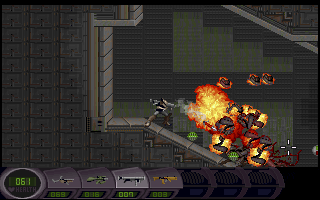 |
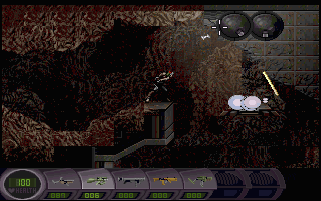 |
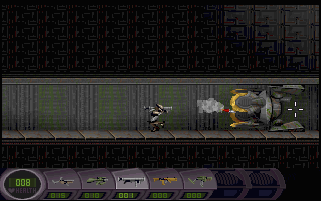 |
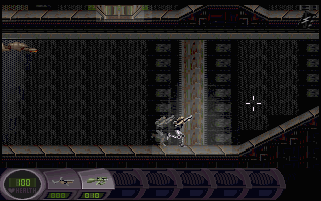 |
Donkey Kong Country
Donkey Kong Country was developed by Nintendo and released for the Super Nintendo in 1994. Its novel use of pre-rendered sprites prompted one magazine to ask "With graphics this good, who needs 32 bits?" Suburb animation and sound, and tight gameplay secured Donkey Kong Country a place among the greatest 16 bit games. Two sequels followed in 1995 and 1996, and the games have since been recreated for Nintendo's portable systems.
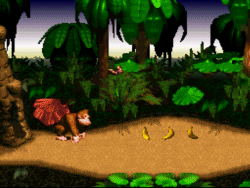 |
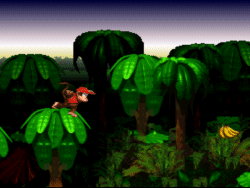 |
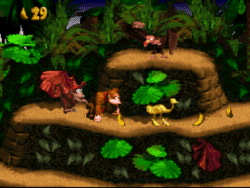 |
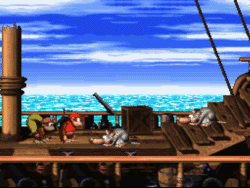 |
Metal Slug
Nazca's Metal Slug and its sequels were released for the SNK Neo•Geo system, which was uniquely suited for the display of large numbers of sprites. Metal Slug was a nearly perfect 2D shooter but was overshadowed by the unpolished yet enticing 3D texture-mapped games that had begun arriving for the Sony Playstation and Nintendo 64. Nevertheless, the Metal Slug series deserves praise for stretching early-90s technology to absurd lengths- where else are you going to find a 708 meg cartridge-based game?
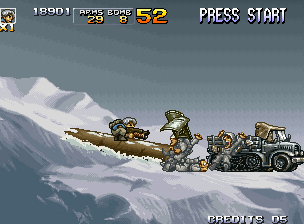 |
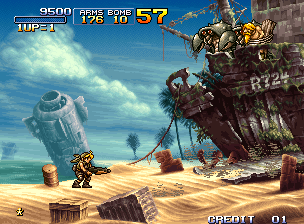 |
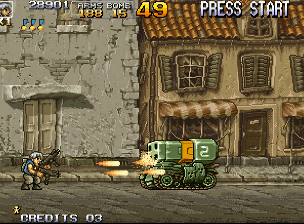 |
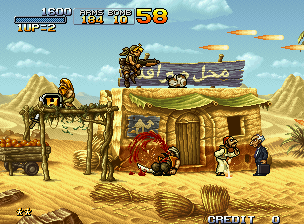 |
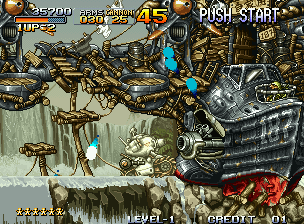 |
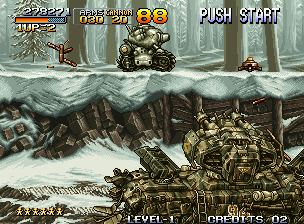 |
Super Mario World
Nintendo's chief mascot starred in the Super Nintendo's first platform adventure in 1991. Super Mario World's larger, more colorful sprites, increased resolution, and parallax scrolling were a few of the innovations that embodied this evolutionary step in gaming. Later Nintendo put a refreshing spin on the platformer genre with the stylized Super Mario World 2: Yoshi's Island. The cartridge contained a clock speed boosting Super FX chip, which allowed for still larger, more interesting sprites.
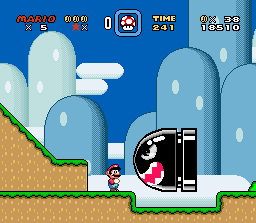 |
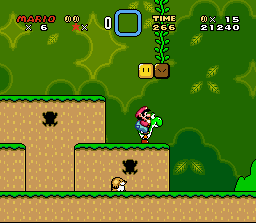 |
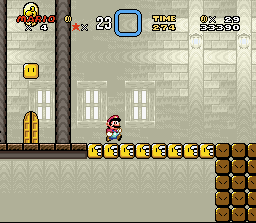 |
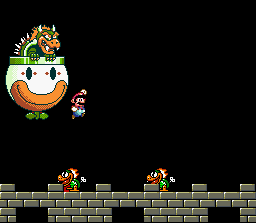 |
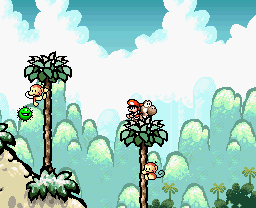 |
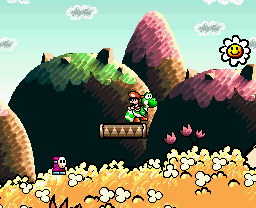 |
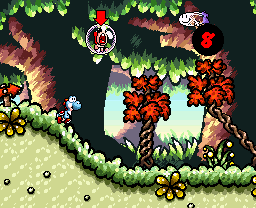 |
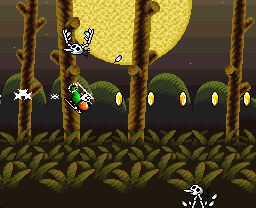 |
Super Metroid
Super Metroid's atmospheric music and vast cavernous environments created an ambience not found in many other adventure games for the Super Nintendo in 1994. The patience required to thoroughly explore the underground interiors was rewarded by several memorable boss encounters.
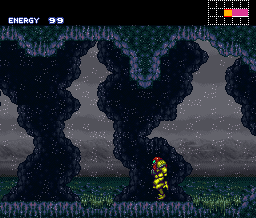 |
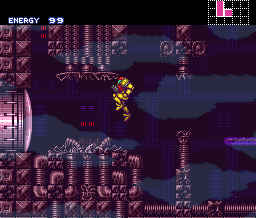 |
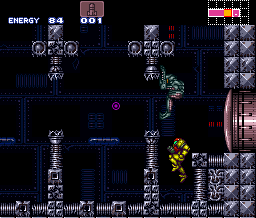 |
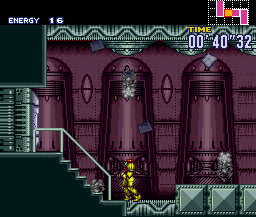 |